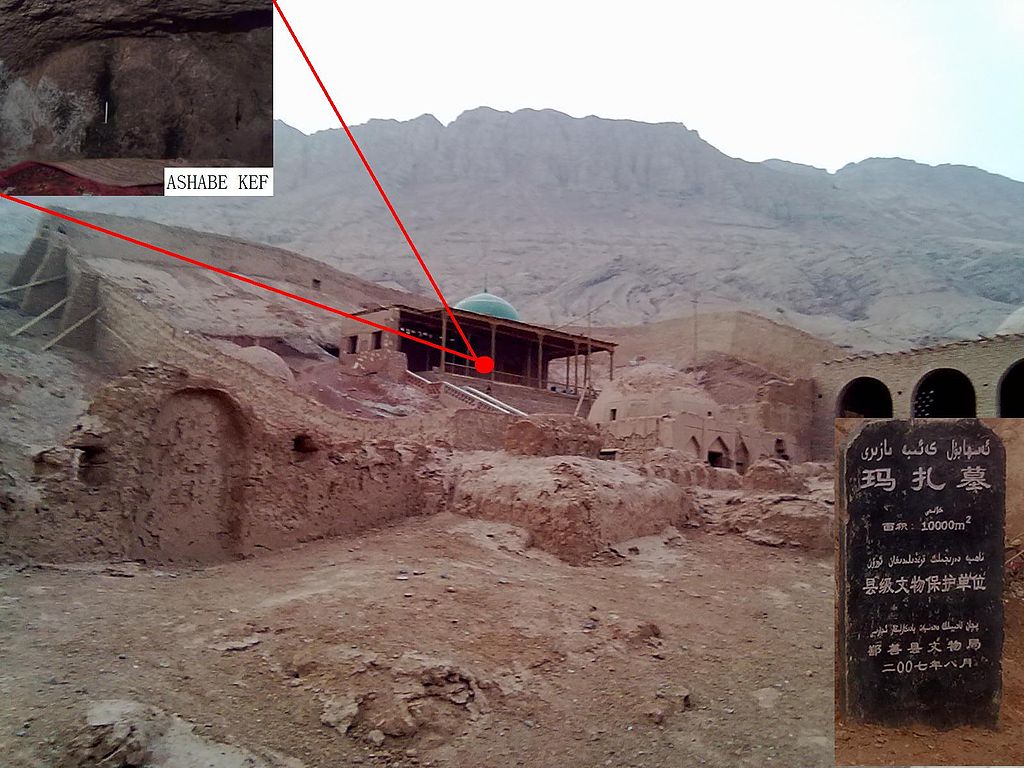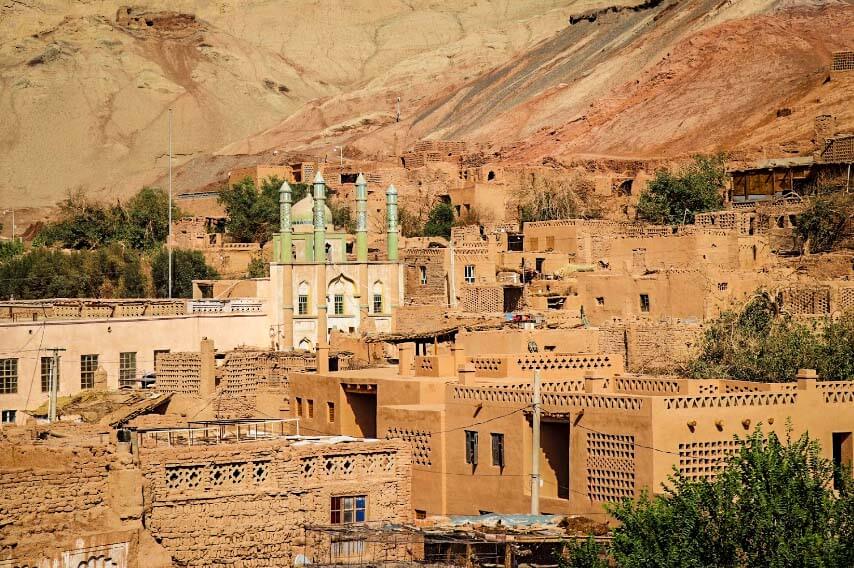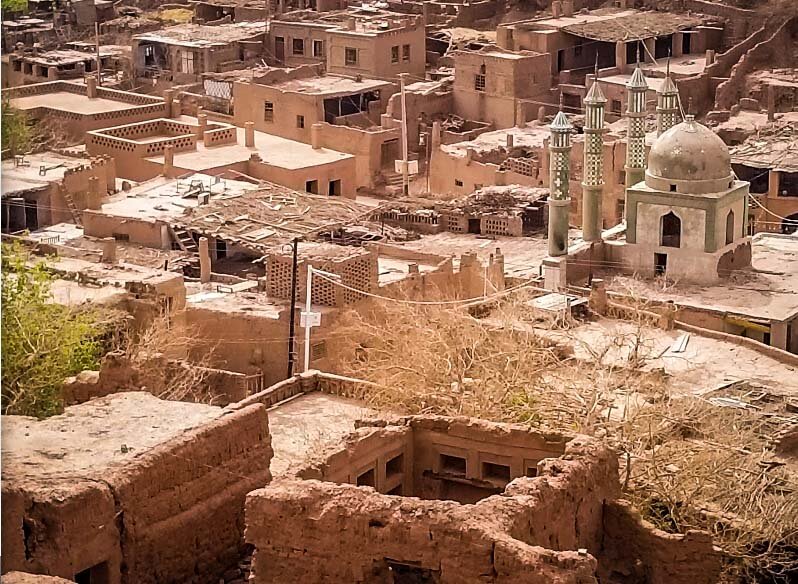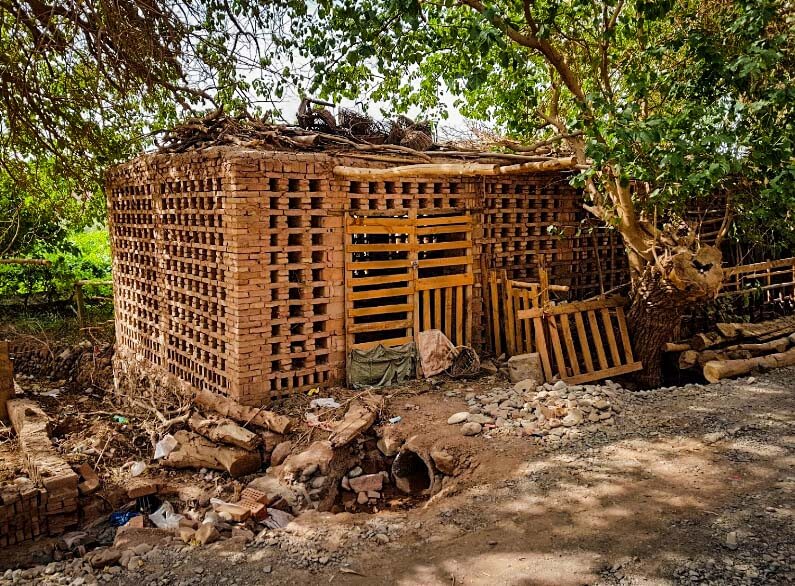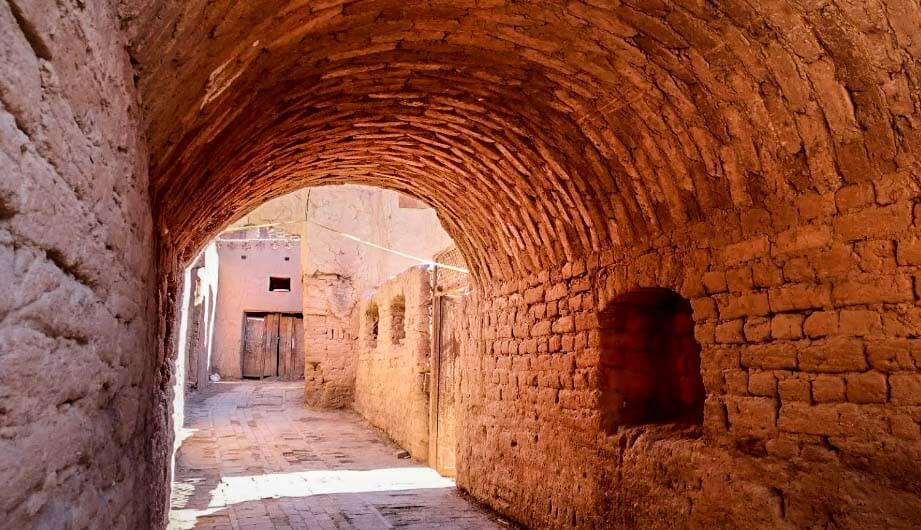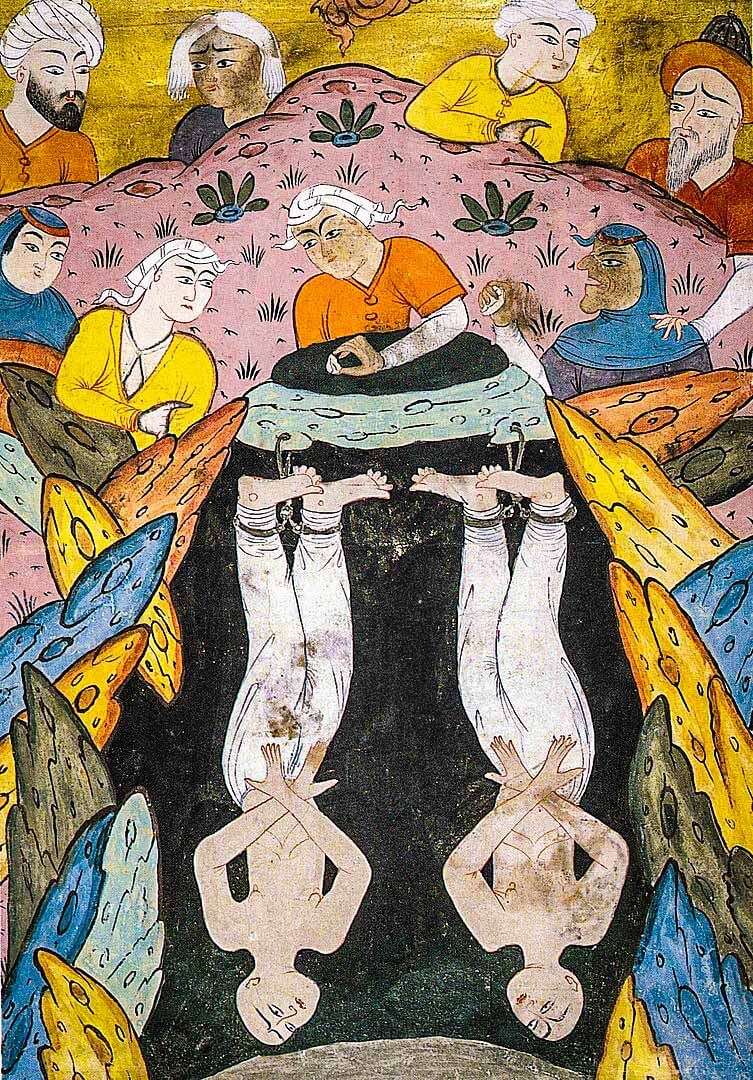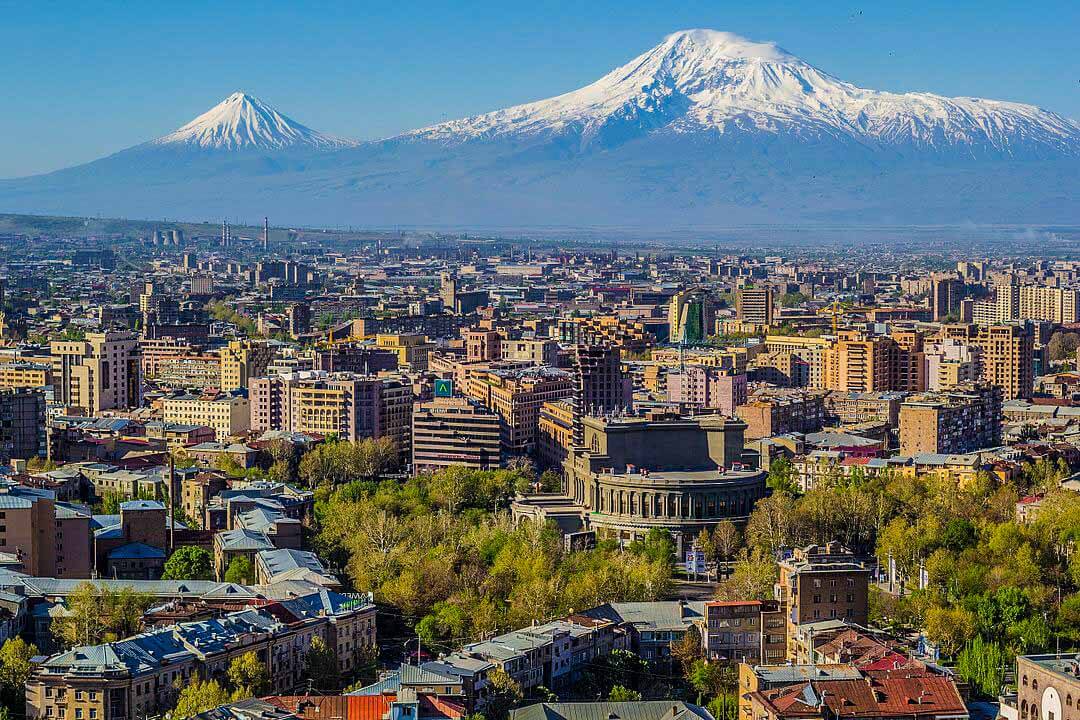Turpan, Xinjiang – China
Coordinates: 42.856666, 89.692891
A cave tomb in a Chinese village is believed by the locals to be the grave of the Ashab ul-Kahf (Seven Sleepers).
The green dome covers the purported cave of Ashab in China.
A mazar is a mausoleum or shrine, typically that of a Saint or notable religious leader.
It is situated in a small village, Mazar Aldi, near Toyuq Mosque near the township of Tuyoq, Turpan, China.
But the tradition is relatively new, dating back to circa 1600 CE at it’s oldest.
The tomb was most likely a Buddhist burial/shrine of a holy man later transformed in to a Muslim shrine and tagged as the Cave of the Ashab-e-Kahf (Seven Sleepers).
Probably the local population combined local history and custom with the legend of the Seven Sleepers in order to transform the Buddhist holy land into an Islamic one.
The cave of Ashab-e-Kahf is covered by a mazar with two cupolas which are called gumbaz. The higher one is bright green and quite spectacular.
It is quite small and can only accommodate five or six people at a time.
Uyghur and Hui muslims from throughout Xinjian, Gansu and Ningxia come to Tuyoq Mazar every year between May and October to perform the pilgrimage.



